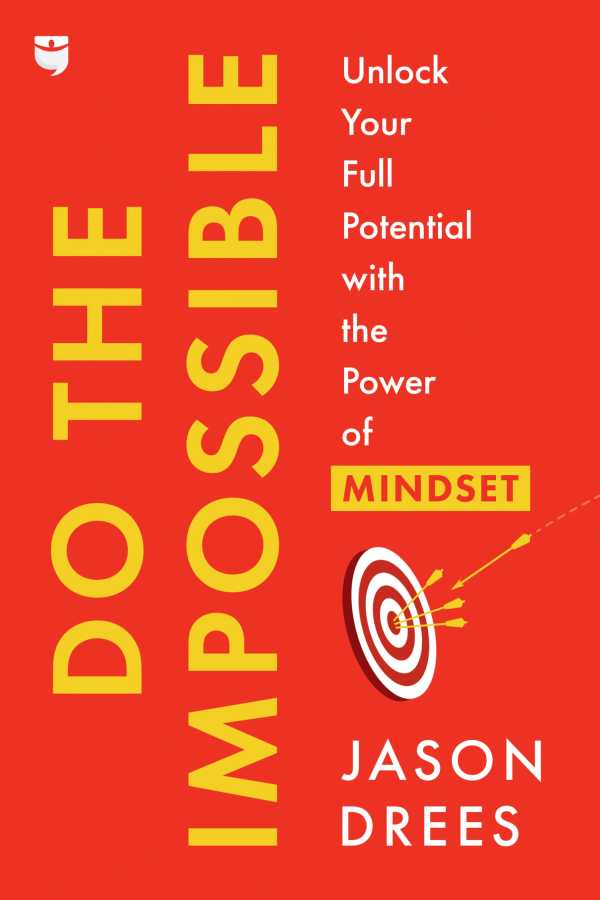Do the Impossible
Unlock Your Full Potential with the Power of Mindset
Do the Impossible is an enthusiastic guide to adopting positive future visions of oneself.
Jason Drees’s hopeful self-help guide Do the Impossible suggests tools for maximizing one’s potential.
Divided into three distinct, sequential parts, this book about being positive and evaluating one’s failures without bias first explores the reasons that a person may seek to achieve what seems impossible. It examines the barriers to achieving successes, too, including fear, one’s childhood beliefs, and self-sabotage. The book’s second portion introduces the basics of creating success, including understanding the effects of limiting beliefs. The process of reshaping one’s reality is the purview of the third section, which details aligning mindsets to achieve set targets, and explains the process of frame-shifting, or becoming aware of a future version of oneself.
Much of the book is written in clear, formal language, with many special terms, like alignment and misalignment, explained as they arise. However, some terms are under contextualized, including flow and resistance, which are used in explaining how to use one’s emotions as a guide, but without enough project-specific clarity. But the book also makes use of basic flowcharts as accessible summaries of its recommendations: one shows ways to achieve success regardless of the size of one’s desired target, while another contrasts conventional methods of success with those proposed here. Elsewhere, straightforward infographics are also used to illustrate and complement the book’s discussions.
Personal anecdotes are also used to support the book’s notions of success. They cover events like the sudden growth of a business, used to illustrate the notion of surrender; and a tale about an expensive, nonessential purchase made months before buying a house, which is used to argue against scarcity mindsets. While upbeat, some such stories are limited in their applicability to others.
To actualize the messages in the book, exercises in the form of reflection questions are included, alongside repeating affirmations. But these beneficial tools focus on positivity, without confronting deep-rooted negative self-perceptions. They are only the first steps toward achieving success. And while the book is optimistic about the mind’s capacity to influence personal achievements, forwarding the idea that anything can be accomplished if one’s mindset is correct, it undersupports such notions. Its encouraging statements—that human potential is infinite; that life unfolds for a person’s greatest good; that there is no limit to what one can achieve—are without sufficient backing, while external barriers to success, including economic settings and one’s physical capacities, are not addressed with enough context to be convincing.
Do the Impossible is an enthusiastic guide to adopting positive future visions of oneself.
Reviewed by
Edith Wairimu
Disclosure: This article is not an endorsement, but a review. The publisher of this book provided free copies of the book and paid a small fee to have their book reviewed by a professional reviewer. Foreword Reviews and Clarion Reviews make no guarantee that the publisher will receive a positive review. Foreword Magazine, Inc. is disclosing this in accordance with the Federal Trade Commission’s 16 CFR, Part 255.

